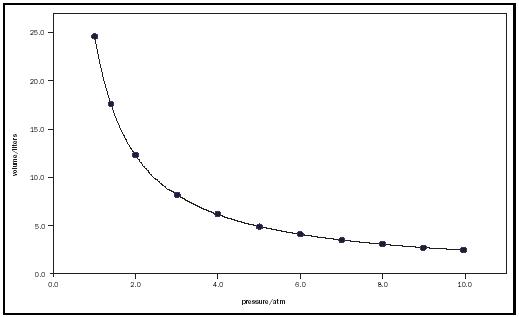- Messages
- 375
- Reaction score
- 205
- Points
- 53
http://www.xtremepapers.com/CIE/International A And AS Level/9701 - Chemistry/9701_w04_qp_1.pdf
Can anyone explain Q3,12,19,23,31 ?? In detail please.
Can anyone explain Q3,12,19,23,31 ?? In detail please.
